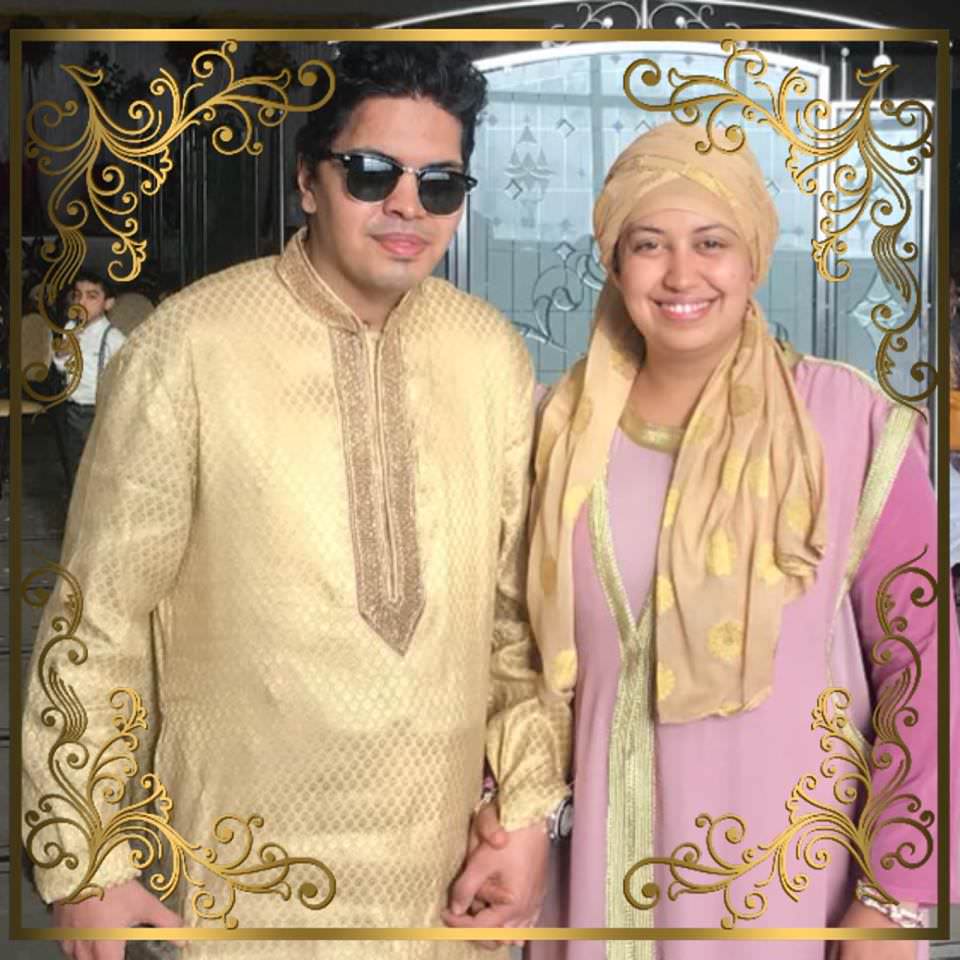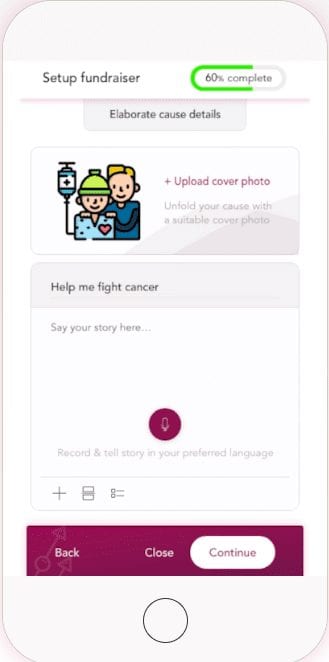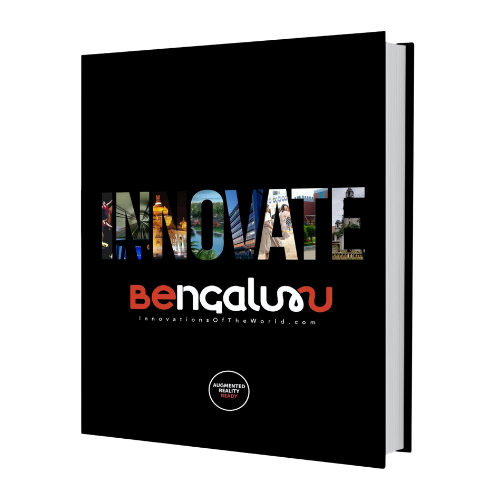Technology has changed everyday life in a myriad of ways, and for the act of ‘giving’ for a cause, it has been remarkably disruptive by making the process seamless, transparent and efficient.
Milaap, a forum for person-to-person giving, uses technology to provide a quick and clear channel to get financial help for a range of causes. Through this platform, people can mobilise funds from a wider social network, apart from their friends and family.

Founded in 2010 as a platform to fund rural projects and micro-entrepreneurs, by Sourabh Sharma and Anoj Viswanathan (presently president and co-founder), they were soon joined by Mayukh Choudhury (presently CEO and co-founder). Together, they have made it synonymous with crowdfunding in India for medical needs, loved ones, and charity. Milaap is poised to be the go-to platform for funding cancer treatment, transplants and other critical emergencies.
“For a very long time, the only way to reach out and help those in need was through established organizations, where people with shared needs could benefit as a group. Milaap pioneered a way to ‘give’ to individuals who could mobilize support for a personal cause,” says Anoj Viswanathan. To date, the organisation has raised Rs 504.26 crore. Crowdfunding, though nascent, is picking up pace in India and can grow 16 times from its current base to exceed Rs 1,600 crore (US$250 million) by 2021, as per a Knowledge @ Wharton report.
Today, anybody with a smartphone can receive financial aid within moments. The process of setting up a fundraiser has been reduced to mere moments, and with our team taking care of the verification process, it gives donors a transparent channel to create a meaningful impact they can see. Anoj Viswanathan, President and Co-founder, Milaap

Among those that Milaap has helped channel funds to is Akbar Ali, who needed multiple surgeries after a horrifying accident. With the help of over 2400 generous donors who came forward to help, Ali’s family managed to raise funds for his treatment. Similarly, 6-year-old Bhavya was able to get a bone marrow transplant from his father Vikram, a visually impaired government school teacher. This was possible through a fundraiser on Milaap to which nearly 4000 people from across the world contributed.
In situations such as these, transparency brought in through technology helps. When people can keep a real-time track of how things are proceeding, the condition of the patient, the amount that has been raised, it motivates donors in a wholly different way. People from over 130 countries across the globe can make contributions, and the process of fund transfer and utilization is kept crystal clear so that people can see the difference their participation has made.
Milaap’s most recent innovation is enabling fundraisers via instant messaging platforms. In 2016, 133.1 million mobile phone users accessed over-the-top messaging apps to communicate in India. This figure is projected to grow to 230.5 million users by 2020. “The idea is to move away from the traditional system of forms, to make it easier for a person who is to share a sensitive story of need. The conversational approach through chatbots on Facebook Messenger and the live chat on WhatsApp enables people to set up fundraisers over a chat. It’s like sharing your story with a friend, by the end of which you would get a link, ready to be shared with anyone through any channel,” adds Vishwanathan. Fundraisers can be set up in 8 Indian languages including Hindi, Bengali, Kannada, Tamil, Malayalam, Telugu, Marathi and Urdu.

“We are constantly endeavouring to take digital crowdfunding to the masses, and through constant communication with our community of users, we try to better the product every single day to meet the needs of a newer set of people to whom it becomes accessible. From enabling people to directly communicate with the person in need to ask for an update, or any clarification, to integrating every mode of payment that makes its way to a person’s smartphone. In the digital era, no innovation stays new or unique for too long. The trick is to see it as a continuous process to reach out to more people and give it to them in the most consumable form, and not just as a product,” concludes Viswanathan.
















